Reviewed by Julianne Ngirngir
The Google Pixel 10 Pro has officially arrived, and after spending some hands-on time with Google's latest flagship, I can say this: the company isn't just playing catch-up anymore—they're setting the pace. With the new Tensor G5 chip delivering 34% faster CPU performance and a whopping 60% boost in AI computing power, Google has crafted something that feels genuinely different from the smartphone crowd. The 16GB of RAM works hand-in-hand with these AI improvements, enabling the kind of seamless multitasking and instant on-device processing that makes those enhanced AI features actually useful rather than just impressive tech demos.
What makes the Tensor G5 actually worth your attention
Let's break down what Google accomplished with their first fully custom-designed chip. The Tensor G5 is built by TSMC using a 3nm process, marking a significant departure from the Samsung-built chips of previous generations. This isn't just a spec sheet upgrade—it translates to real-world improvements you'll notice immediately.
What caught my attention during testing was how responsive everything feels now. Google claims a 30% faster boot time, and in my experience, the phone springs to life noticeably quicker than its predecessor. But here's what's really impressive: the TPU with 60% more computing power means AI features that used to require cloud processing now happen instantly on-device. For privacy-conscious users, this shift from server-dependent to local AI processing represents a fundamental change in how your personal data gets handled—your photos, conversations, and usage patterns stay on your device rather than making round trips to Google's servers.
The efficiency gains are substantial too. Where previous Tensor chips sometimes struggled with heat management during intensive tasks, the G5 stays remarkably cool even when you're pushing multiple AI processes simultaneously—a direct result of both the architectural improvements and TSMC's advanced 3nm manufacturing process.
Qi2 wireless charging: Google finally gets it right
Here's something that genuinely surprised me: Google didn't just add Qi2 support—they made it the centerpiece of a whole new ecosystem called Pixel Snap. The Pixel 10 Pro supports Qi2 wireless charging up to 15W, while the Pro XL bumps that up to 25W.
The magnetic alignment works flawlessly—no more fumbling to find the sweet spot on your wireless charger. Place the phone anywhere near a compatible charger and it snaps into perfect position with a satisfying click. This represents Google setting a new standard for Android, similar to how their seven-year software support commitment pushed the entire industry toward longer device lifecycles. When Google committed to extended software support with the Pixel 8 series, competitors like Samsung and OnePlus followed suit within months. The Qi2 adoption could trigger a similar industry-wide shift toward standardized magnetic accessories across Android devices.
The magnetic back opens up possibilities for a whole ecosystem of accessories, though we'll have to see how third-party manufacturers embrace this standard. For now, it's mainly about the charging convenience, but I can imagine car mounts, desktop stands, and photography accessories taking advantage of this magnetic system.
Camera upgrades that actually matter (and some that don't)
The camera story on the Pixel 10 Pro is interesting—and a bit mixed. On paper, the specs remain largely unchanged: 50MP main, 48MP ultrawide, and 48MP 5x telephoto. This unchanged hardware approach reflects Google's strategic bet that computational photography and AI processing matter more than raw sensor improvements—a philosophy that has served them well in previous generations where smaller sensors often outperformed larger ones through superior software processing.
Where things get exciting is in Google's new AI-powered features. The Pro Res Zoom can push up to 100x using generative AI to recreate details beyond what traditional upscaling can achieve. Now, I'll be honest—at extreme zoom levels, you're clearly looking at AI-generated content rather than actual optical detail. But for practical purposes, it's impressive how usable the results are even at 30x or 50x zoom.
Camera Coach uses Gemini models to analyze your scene and suggest better angles and lighting—it's like having a photography instructor built into your phone. During my testing, it successfully identified specific landmarks and offered contextually relevant shooting advice. Sometimes it felt a bit pushy, but you can always ignore its suggestions.
The Auto Best Take feature automatically merges the best shots from group photos, ensuring everyone looks their best without the usual back-and-forth of "take another one." It's one of those features that sounds gimmicky until you're dealing with getting the perfect family photo and realize you saved yourself five minutes of frustration.
Display and design: incremental but meaningful improvements
The Pixel 10 Pro maintains the same 6.3-inch display size as its predecessor, but Google bumped the peak brightness to 3,300 nits, up from 3,000 nits on the Pixel 9 Pro. In bright sunlight, this makes a noticeable difference—I could actually read the screen comfortably on a sunny afternoon, something that's always been a struggle with previous generations.
Google also addressed a long-standing complaint by improving the PWM dimming rate, which should reduce eye strain for users sensitive to screen flicker. These two improvements work together to create a more comfortable viewing experience: the higher brightness handles challenging outdoor conditions, while the improved PWM dimming reduces fatigue during extended indoor use. If you're someone who gets headaches from OLED displays, this PWM improvement might actually matter more than any camera upgrade.
The design language remains familiar—polished metal edge, frosted glass back, and the signature camera bar—but sometimes refinement beats revolution. The phone feels solid in hand, and the build quality continues Google's recent trend of premium materials and attention to detail.
AI integration that feels natural (mostly)
This is where Google's AI ambitions really shine, and where the increased RAM and enhanced Tensor G5 processing power become essential. Magic Cue proactively suggests relevant information based on context, but unlike reactive AI assistants that wait for your commands, it anticipates your needs by analyzing your current activity, location, and app usage patterns. Walking past a restaurant? It might surface reviews and menu information. Getting a text about meeting someone? It could suggest adding the event to your calendar.
Voice Translation now preserves the speaker's voice characteristics when translating between languages, making conversations feel more natural. I tested this with a Spanish-speaking colleague, and while the technology isn't perfect, it's remarkably close to maintaining the natural flow of conversation. This voice preservation capability works alongside the contextual awareness features to create a more comprehensive communication experience.
The integration with Gemini Live allows for hands-free conversations and screen sharing, turning your phone into a genuinely helpful AI assistant. These features build on each other—Magic Cue provides context, Voice Translation handles communication barriers, and Gemini Live offers the interactive intelligence to tie everything together. Plus, Google includes a year of AI Pro (a $239 value) with Pro models, giving you access to the full suite of Google's AI tools right out of the box.
Where Google still needs to catch up
Let's be honest about the areas where the Pixel 10 Pro falls short. In raw performance benchmarks, Qualcomm's Snapdragon 8 Elite still holds a 20-30% advantage in CPU-heavy tasks compared to the Tensor G5. For users who prioritize gaming performance or run intensive productivity apps, this performance gap translates into measurably slower rendering times, longer app loading, and occasional stutters in demanding scenarios.
Gaming performance, while improved over previous Tensor chips, isn't quite at the level of Samsung's Galaxy S25 Ultra or other flagship competitors. Frame rates in demanding games still show occasional stutters, and thermal throttling can kick in during extended gaming sessions. This is where Google's AI-first approach shows its trade-offs—the chip excels at machine learning tasks but sacrifices some raw computational power.
The 4,870 mAh battery is larger than the previous generation, but 30W wired charging still lags behind competitors offering 45W or faster charging speeds. In a world where some phones can charge from 0 to 80% in under 30 minutes, Google's charging speeds feel conservative and may frustrate users who need quick top-ups during busy days.
Bottom line: Google's AI-first vision comes into focus
The Pixel 10 Pro represents Google's clearest articulation yet of what a smartphone can be when AI isn't just a feature—it's the foundation. At $999 for the base model, it's competitively priced against other flagship phones, and the seven years of software support until 2032 makes it a solid long-term investment.
The August 28 launch date puts it ahead of many fall flagship releases, giving Google a head start in the crucial holiday shopping season. The performance trade-offs I mentioned earlier become more acceptable when you consider the target audience: users who value intelligent software features, computational photography excellence, and seamless AI integration over benchmark supremacy. While it may not win every benchmark battle, the Pixel 10 Pro offers something increasingly valuable—a glimpse of how AI can make our devices genuinely more helpful rather than just more powerful.
For users who prioritize camera quality, AI integration, and long-term software support over raw gaming performance, the Pixel 10 Pro makes a compelling case. It's not perfect, but it's a meaningful step forward in Google's vision of what Android can become when powered by truly intelligent software that understands and anticipates your needs rather than simply responding to commands.




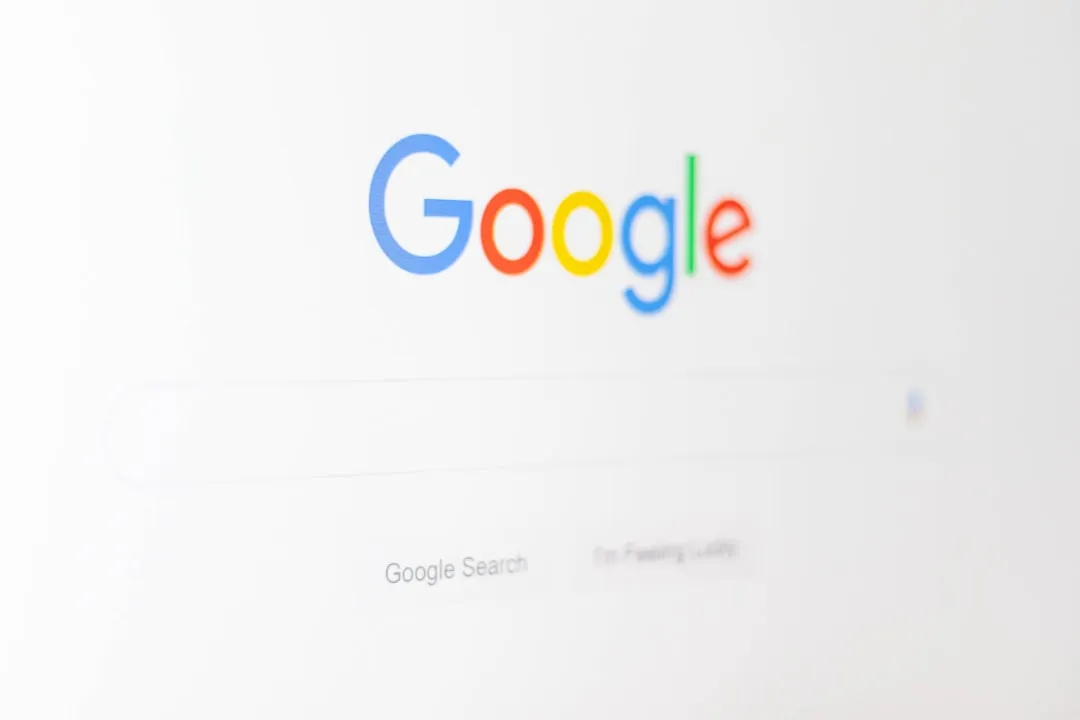


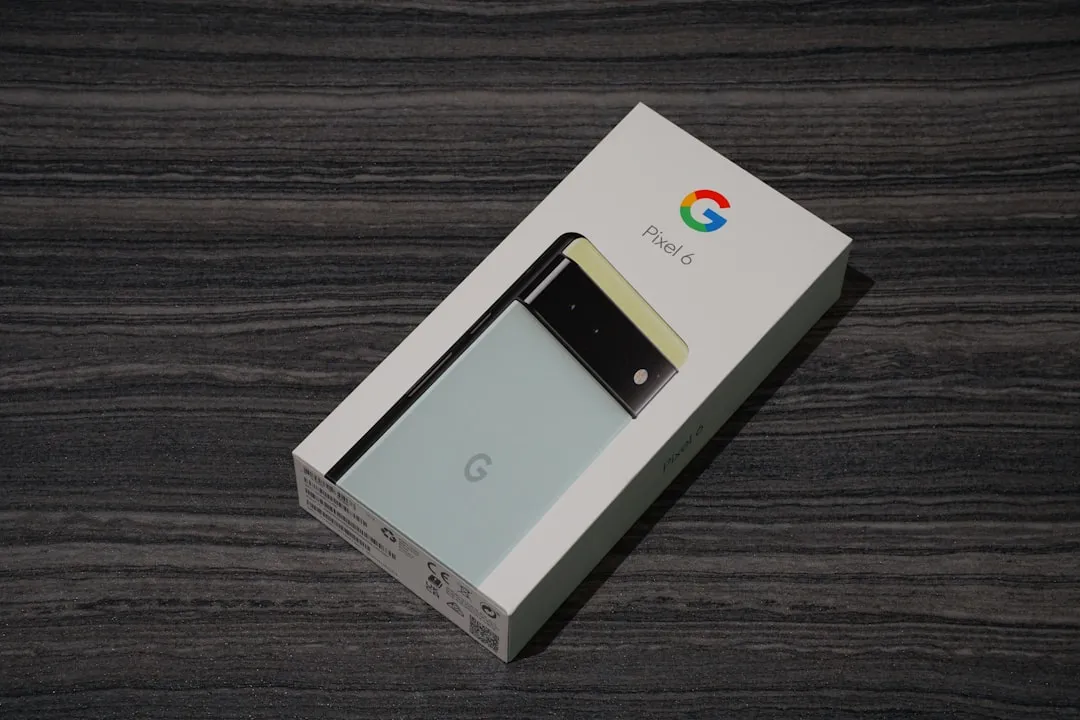

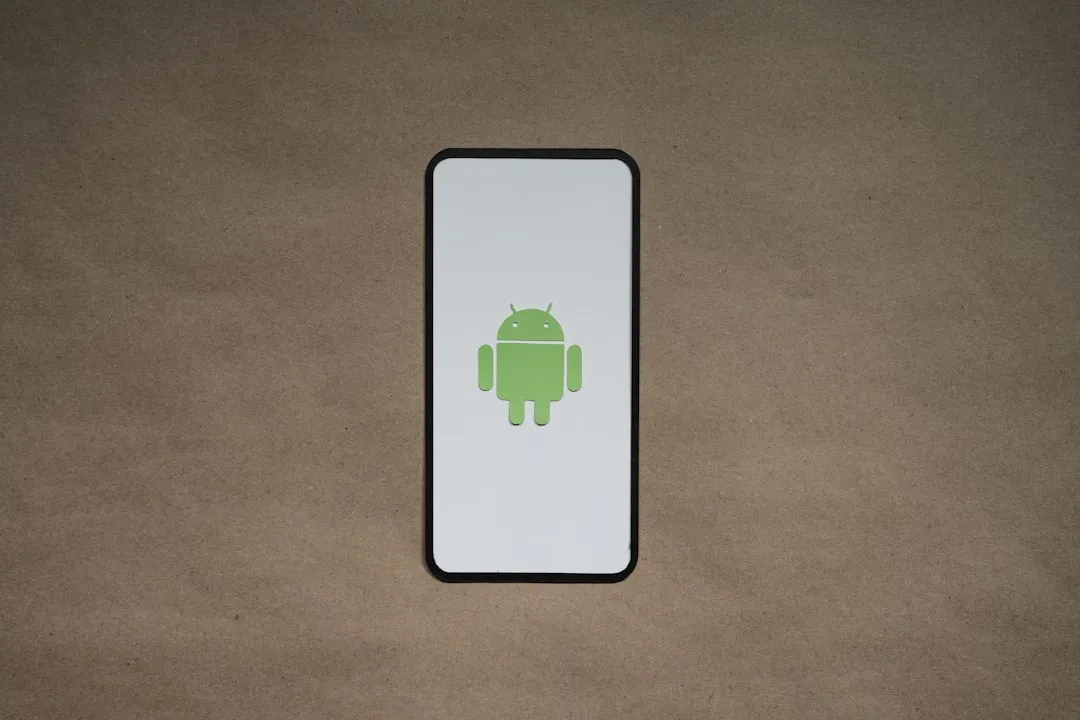




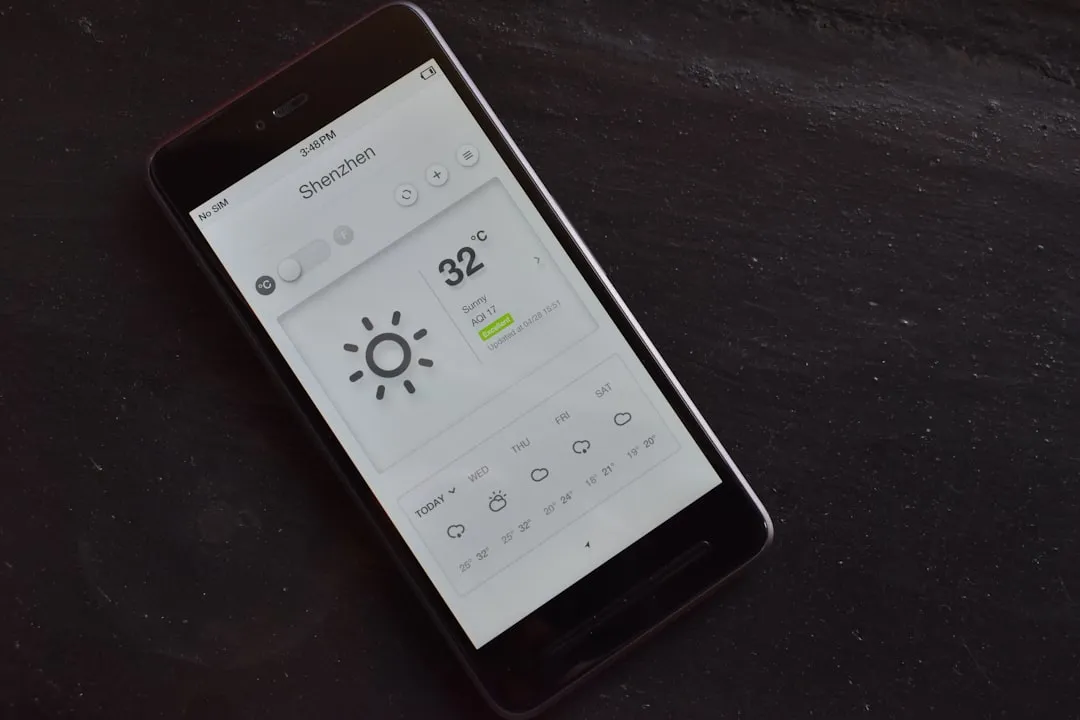

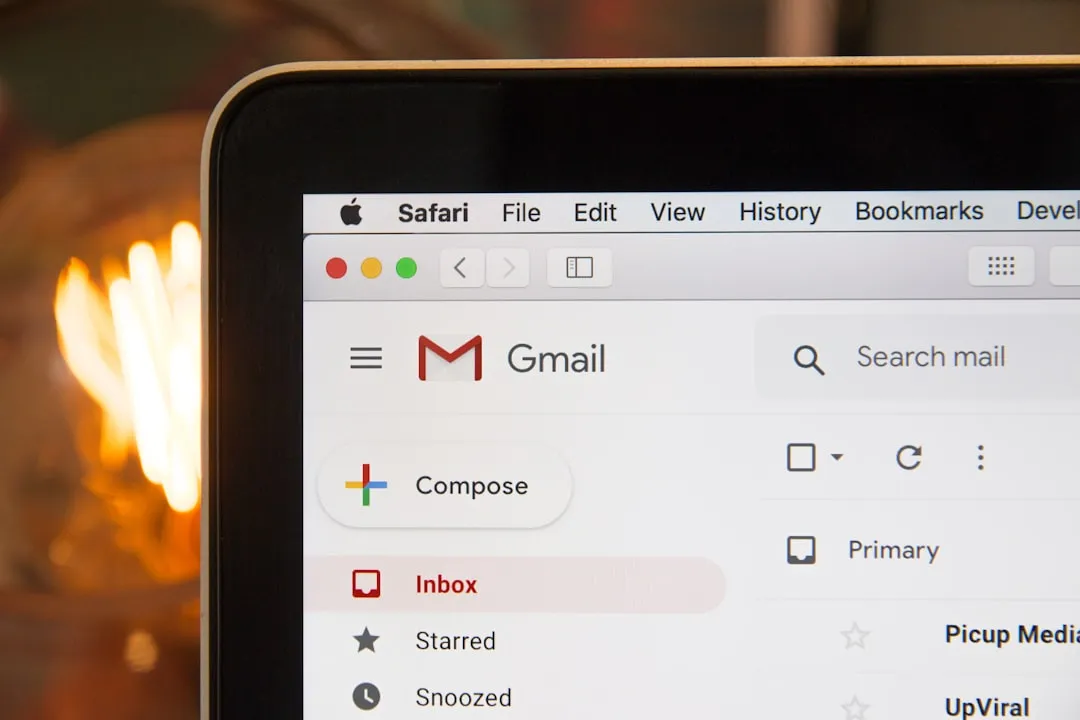
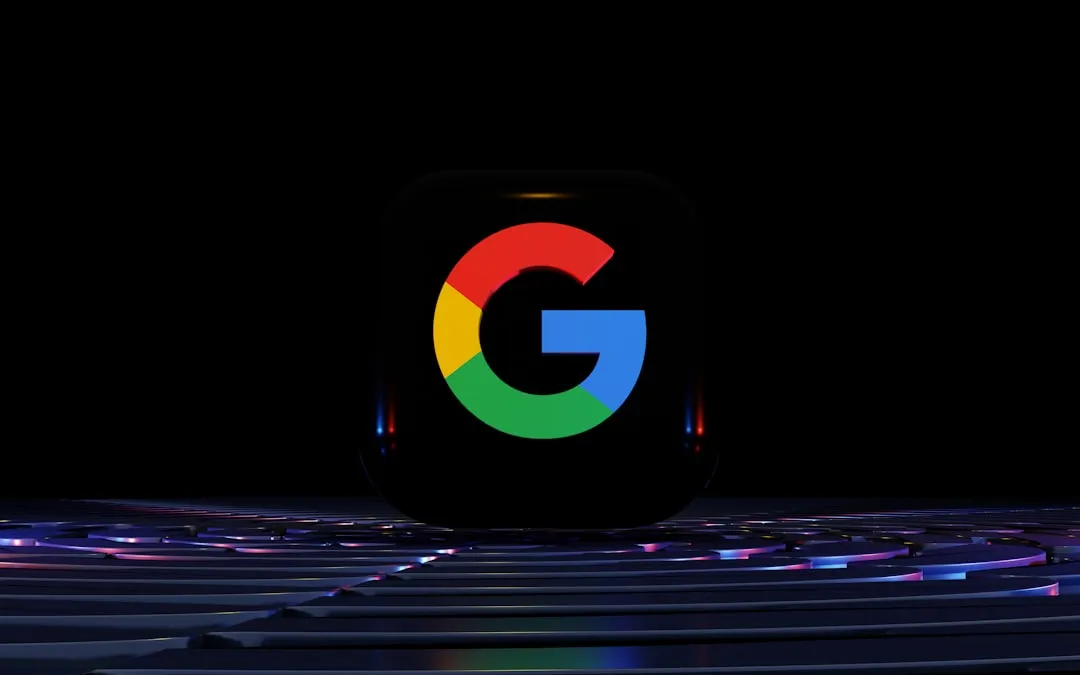
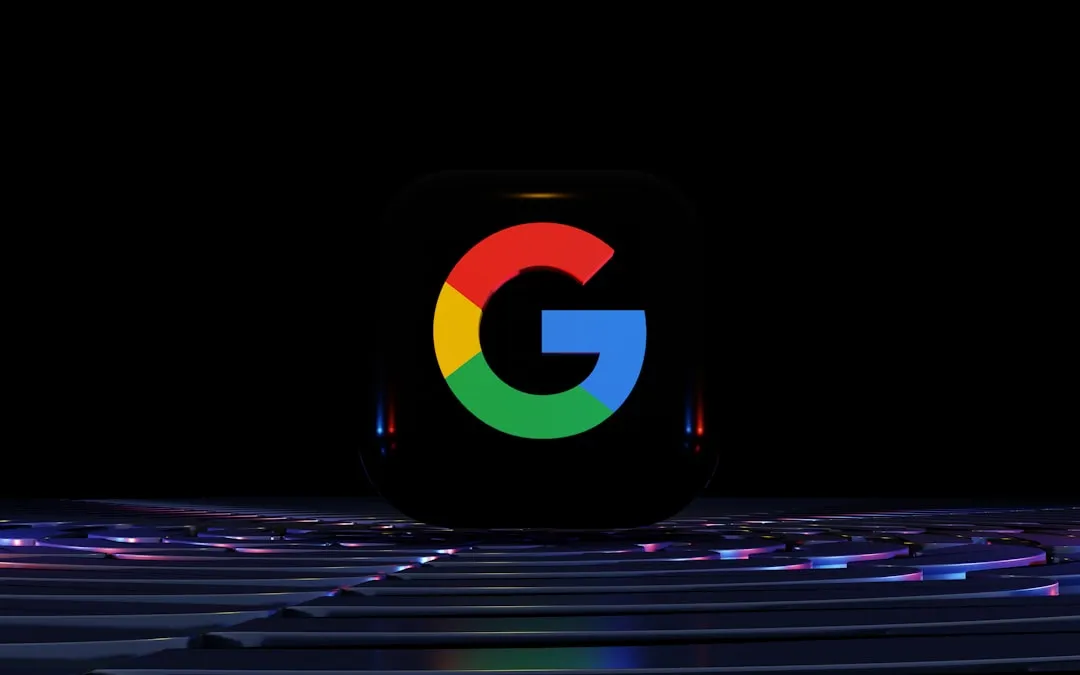
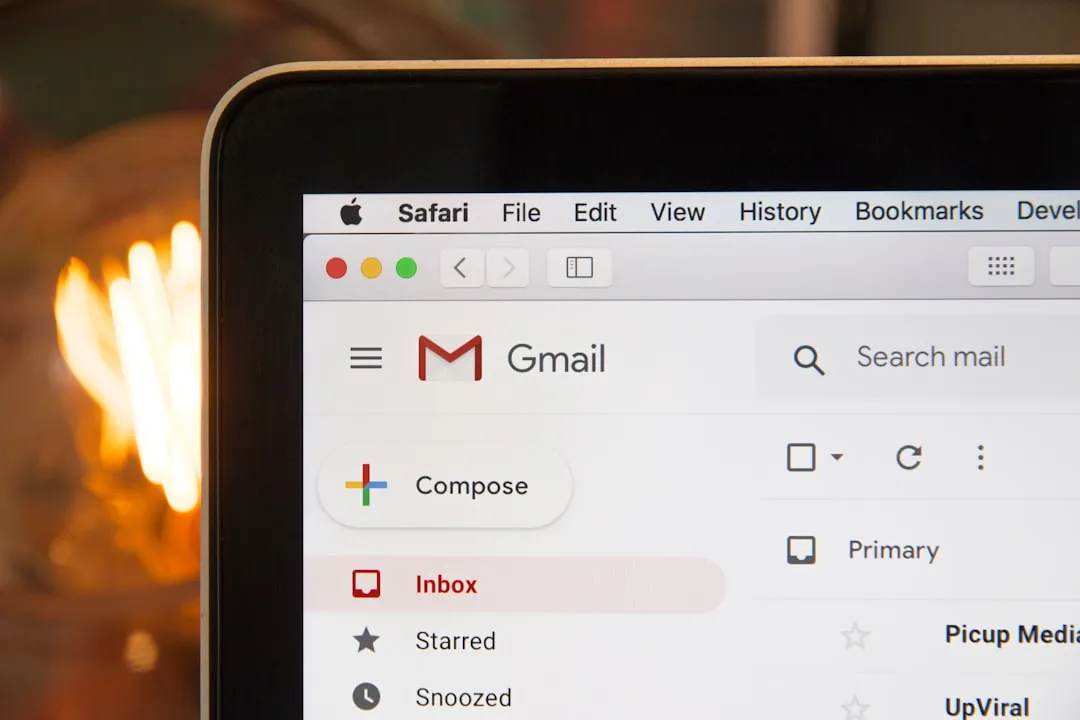

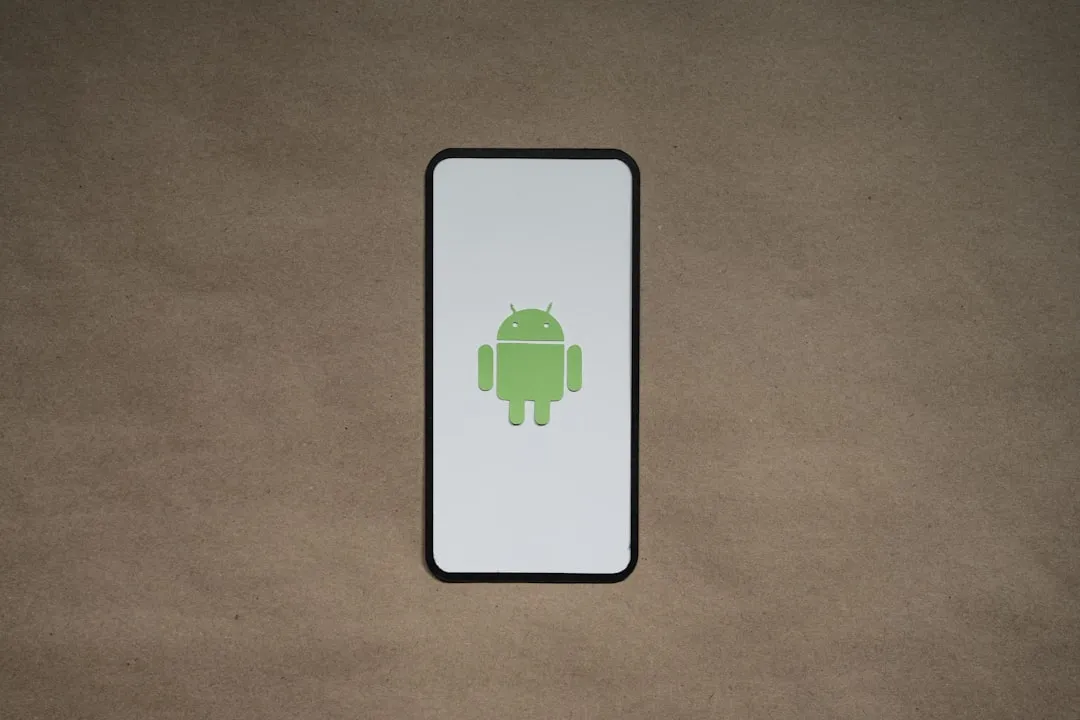

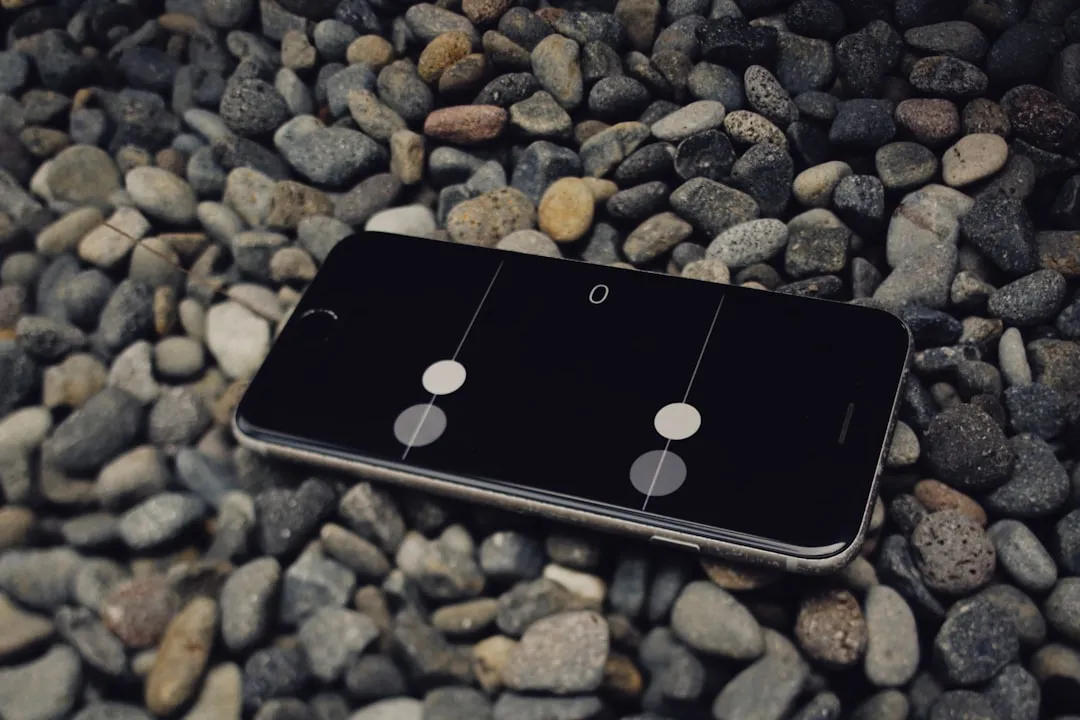
Comments
Be the first, drop a comment!